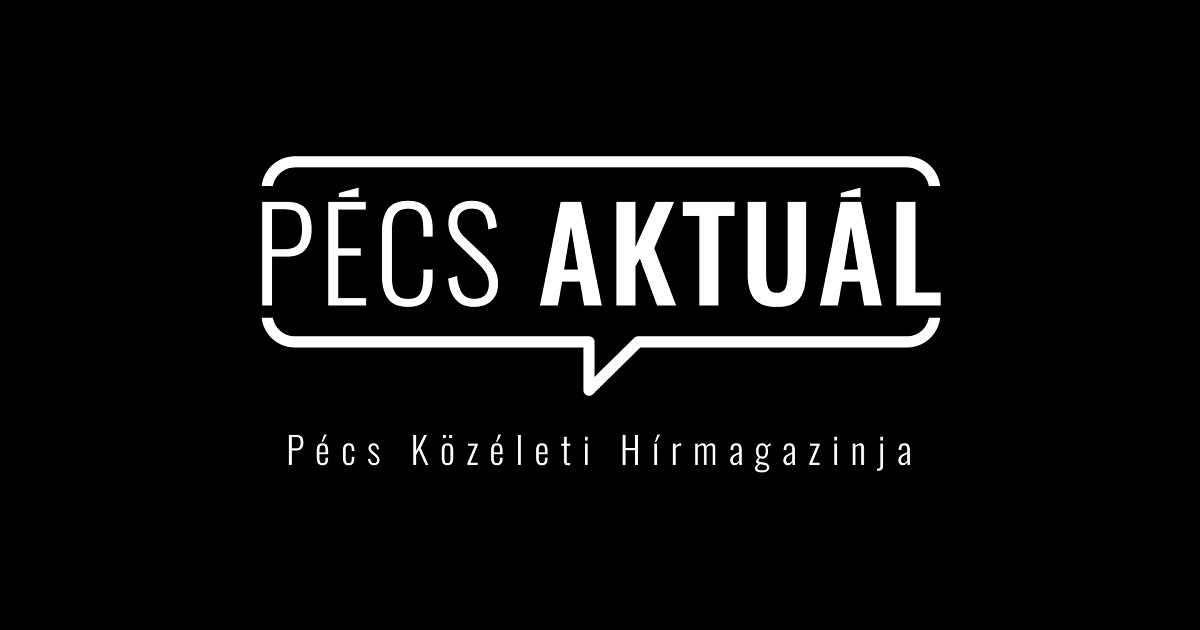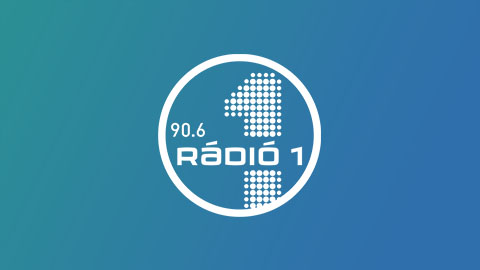In 1933 the Meszes radio relay station was built, which allowed the poorer population groups to listen Hungarian Radio. Until then, only wired radio had worked, meaning that the audio signal itself was relayed by the Post Office, and the equipment was just a loudspeaker.
The most common and popular form of entertainment today is radio, which is now a serious menace not only to theatres but to other places of entertainment. In Pécs there is a real radio fever. This is confirmed by the fact that the number of radio subscribers is growing rapidly every year.
– wrote the Dunántúl daily newspaper in 1931.
Six years after the start of radio broadcasting in Budapest, there were already 3,477 subscribers to cable radio in the city, with a population of 70,000. At the same time, it was decided that Pécs would also have a radio repeater station, so that it would be possible to receive the broadcasts anywhere.
„There are currently 37 detectors in operation in Pécs, all on the vineyard. However, as soon as the relay station is completed, the poorer classes will be able to buy the cheap 10-20 pence devices.”
On a scale of comparison, a man’s suit was 55 pence, a seat in a theatre box was 1 pence back then.
In 1931, the long-wave broadcasts from Budapest could only be received in the side of the Mecsek, and the only radio stations in the city at that time was being fixed-wire radios. As the news of the establishment of the radio relay station spread, so did the demand. It was estimated that the launch of radio broadcasting in Pécs would have 20,000 subscribers and 200,000 in Baranya. In 1933, the Pécs transmitter station was opened in a big ceremony.
In the end, the prediction did not come true, and in July 1935 the number of subscribers increased to 5649. In 1938, there were 376,563 subscribers nationwide, and 547,150 in 1940.
The Minister of Commerce could not have imagined at the time that 90 years later many radio stations would not be serving culture and quality.
-Is it possible to imagine a more complete and, moreover, a simpler instrument for the service of news service, popular education, religious morals, art, culture and national culture, than the radio, which, overcoming all obstacles, distances, time, mountain giants, valleys and water barriers, carries the human word with equal force and at the same time to the homes of millions of cities, villages, deserts and mines, industrial, small houses of crumbling dust. Whether it be music, literature, science, useful information, news of the day, every stratum of the nation, and every one of its strata, will find in one or other of these things that which delights, entertains, or educates – said the Minister of Trade, Tihamér Fabinyi, in his opening speech.
The number of devices in the country is now incalculable, as every mobile phone and car now has a receiver.
According to surveys, 5.2 million people listen to the radio every day and 7.3 million every week. Nationally, 62% of the population aged 15 and over listen to the radio daily, while 88% listen weekly.
(Source: Dunántúl, Pécsi Napló, Fortepan, NMHH)













